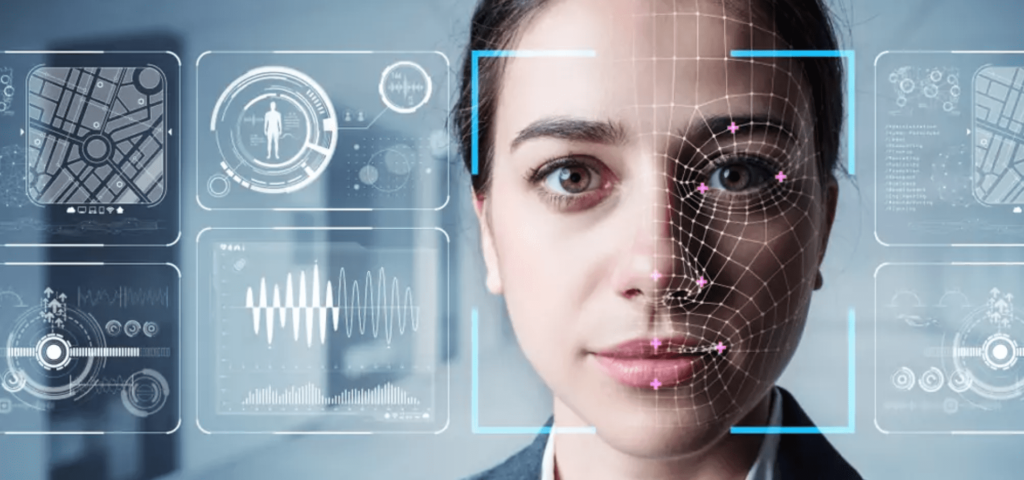
Video surveillance of the 21st century. Adaptation to a changing environment
Video surveillance of the 21st century. Adaptation to a changing environment
The introduction of a video surveillance system into a business should be based on the growth of technological needs and changing client requests. It is impossible to take into account the risks of unforeseen situations: for example, take an emergency with COVID-19, which hit the business like an avalanche. However, as practice shows, readiness for force majeure and development determines the viability of a commercial enterprise. Let’s talk about the adaptation of video surveillance to a changing environment.
The importance of technology flexibility for business development
Any organization, when installing video surveillance and security system, must provide scalability. It is necessary, at a minimum, to save money.
The market is constantly improving; there are current innovations. Not to need for a complete dismantling and creation of a new system, you need to provide flexibility and scalability at the design stage. You will find a lot of helpful information in the article “Video surveillance project design. Everything you need to know.“
Moving from analogue to digital
If the company used an analogue video monitoring system, then perhaps the time has come for a change? We are talking about the transition to a digital cloud video monitoring system.
Key points to be assessed:
- determine the purpose of the upcoming transition;
- consider the scope of the observation;
- make sure that it is necessary to introduce video cameras with a higher resolution and image quality;
- analyze the load on the existing system and its capacity;
- assess possible integration;
- decide on the storage format for the video archive.
TIP: To avoid some mistakes, read the special publication “TOP-6 mistakes when switching from analogue to digital surveillance“.
Factors making it necessary to adapt video surveillance
Adaptation to a changing environment is fundamental to doing business. This statement applies to all areas of business, and security is not an exception.
The main factors leading to the need to adapt the video surveillance system are:
- the development of the video surveillance market and the emergence of new functional, inexpensive products;
- the need for contactless monitoring and thermal sensing technologies;
- increased demand for public safety;
- the choice between on-premises and cloud storage, as well as the possibility of implementing hybrid solutions;
- protection from internal sabotage. Check out the practical tutorial “Sabotage video surveillance systems from protection. Werewolves at the monitors“;
- the growth of the organization, including entering the international arena;
- the need for video analytics as an objective marketing tool;
- pressing issues of business optimization.
Let’s take a closer look.
Variability of technological needs
First of all, we can talk about the rapid development of technology and a rapidly changing environment.
Current needs quickly become irrelevant. And the most striking example is the sudden industrial need for remote and non-invasive methods of business monitoring. You can read about what not to expect from outdated video monitoring systems in this article.
In addition, penalties from government agencies have become a peremptory incentive for the introduction of new technologies in 2020-21.
If we talk about remote video surveillance, it is advisable to use cloud services with elements of artificial intelligence, such as Faceter. Using a flexible analytic solution, end-users gain assurance that the system can be easily integrated and adapted.
For medium and large organizations in trade and public services, video analytics is an indispensable assistant. It collects detailed marketing data and performs an automated analysis.
In our blog, you can find several articles on video analytics and its meaning:
- “Video analytics as part of the IT market: 9 main types“;
- “Video analytics: service quality control“;
- “Video analytics: work process control” and others.
Market expectations from end-users
Advances in technology drive the emergence of innovative solutions that help maximize the return on investment in end-to-end video surveillance.
As cameras have ceased to be useful exclusively in security matters and have expanded their functionality to collect and analyze marketing data, their importance has increased significantly. The most popular option for smart video cameras is face recognition. Find out more in our new article “TOP-7 Facial Recognition Features in 2021“.
Demand gave birth to supply, and the leading players in the market grappled with the competition. The result is a decrease in prices and an expectation of increased demand from end-users.
Conclusion
The changing conditions of adaptation and the introduction of adaptable video surveillance technologies are the norms of our time. Businesses should focus on solutions with a highly flexible, scalable architecture to meet (long-term and ongoing) needs.














